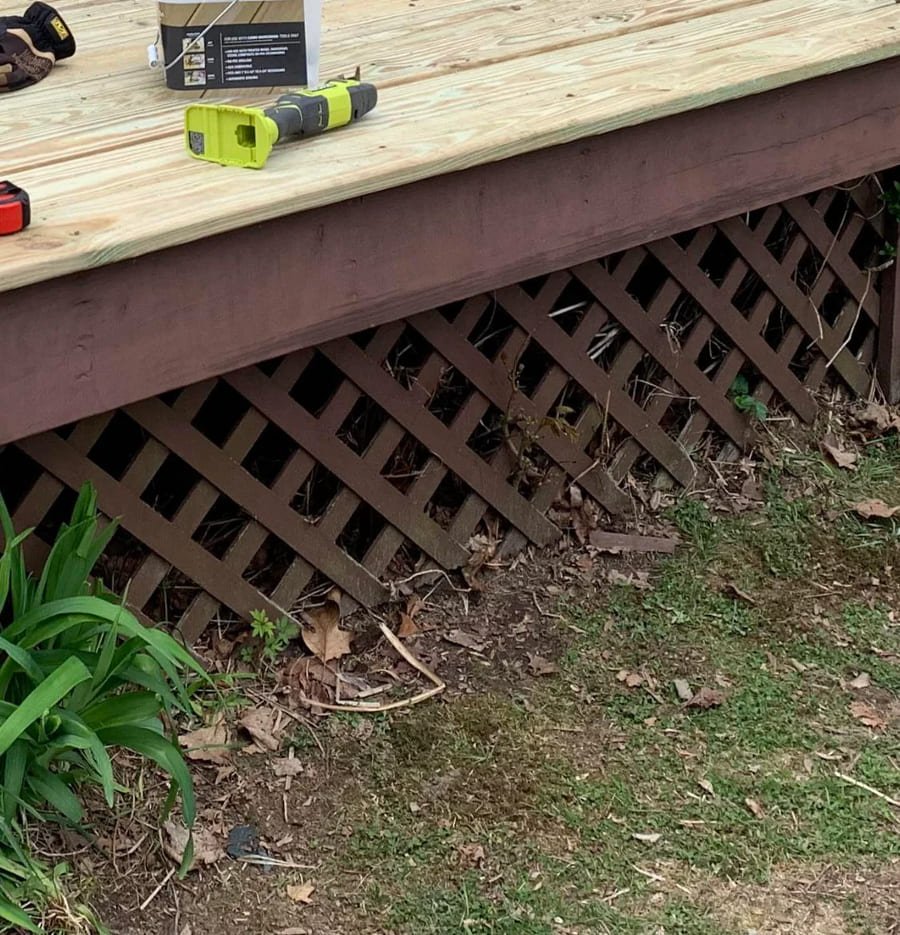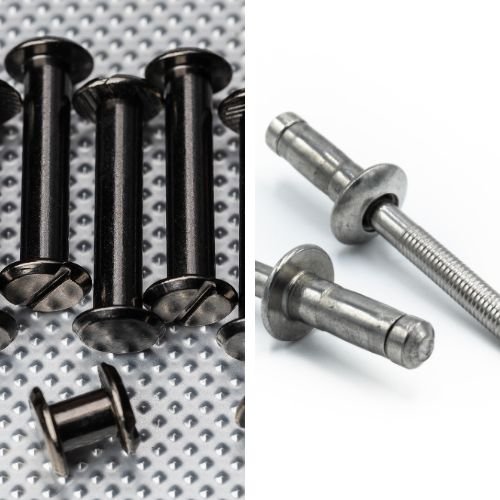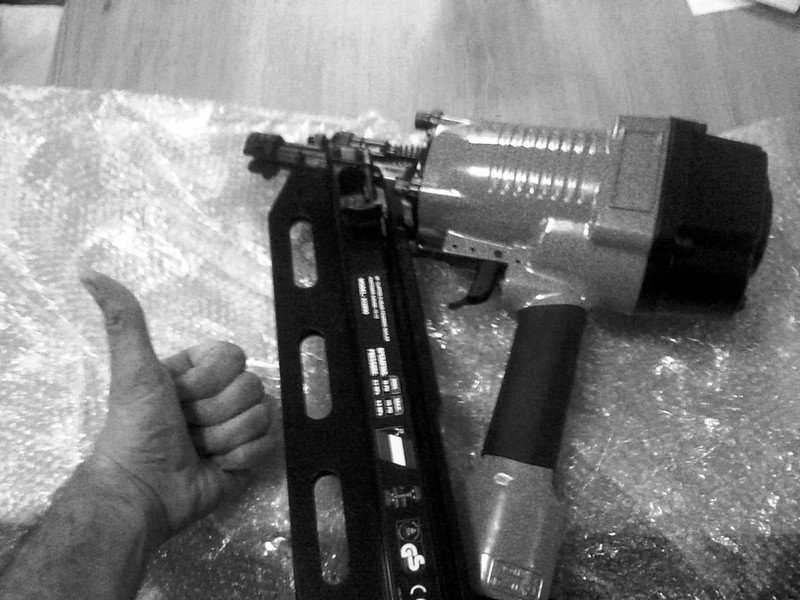Let me ask you a simple question: how often do you think about the space underneath your deck? Chances are, if you’re like most homeowners, the underside of your deck isn’t top of mind, unless something is wrong. But let me tell you—proper ventilation in your deck skirting is not something to overlook. In fact, it can make all the difference in your deck’s longevity, structural integrity, and even the health of your home.
I get it. When you’re building a deck or putting finishing touches on one, ventilation doesn’t sound like a glamorous topic. Who’s excited to spend time thinking about airflow under a platform, right? But trust me, taking the time to properly ventilate your deck skirting will not only protect your deck, it can save you from costly repairs down the road.
The Hidden Power of Airflow: A Story of Prevention

Think of your deck as a living organism. The wood, the materials, and the air that flows around them all play a part in how well your deck stays healthy. Without proper airflow, you’re basically trapping your deck under a plastic sheet, making it more vulnerable to moisture. And moisture, as we all know, is one of the most destructive forces in the world of construction and home maintenance.
Poor ventilation can lead to serious issues like mold, rot, and warped wood. Imagine spending thousands of dollars on a beautiful deck, only to watch it crumble because moisture has nowhere to escape. It’s heartbreaking—and completely avoidable. That’s where ventilation comes into play.
Materials Matter: Choosing the Right Deck Skirting for Ventilation
So, why does ventilation matter? Let’s break it down by the materials you’re using for your deck skirting. Understanding how these materials interact with airflow can make or break your deck’s longevity.
Wooden Deck Skirting:
When you think of a classic deck, wooden skirting probably comes to mind. There’s something timeless about wood—it feels natural, rustic, and warm. But wood is also extremely porous, which means it can absorb moisture like a sponge. If your deck skirting doesn’t have proper ventilation, the moisture gets trapped between the wood slats, leading to mildew, rot, and wood deterioration.
To avoid this, ventilated wood skirting—like slatted designs or boards with small gaps—allows air to circulate and moisture to escape. These small openings in the skirting act like breathers
for the deck, promoting airflow and keeping the wood dry. While wood needs extra care, its aesthetic value and the warmth it brings to a space can make it worth the effort.
Vinyl Deck Skirting:
Vinyl is a popular choice for deck skirting because of its low maintenance and durability. It won’t rot or warp like wood can, but here’s the catch: vinyl skirting requires proper ventilation even more than wood. Why? Because while vinyl doesn’t absorb moisture, it can trap it against your deck’s foundation, leading to long-term damage.
This is where vented vinyl skirting panels come in. These panels are designed with built-in ventilation holes, allowing air to flow through and keep the space underneath the deck dry. Without these vents, your deck could become a perfect breeding ground for humidity, moisture, and pests.
Composite Deck Skirting:
Composite materials—blending wood fibers with plastic—have surged in popularity for their durability and aesthetic appeal. However, just like vinyl, composite skirting needs ventilation to avoid moisture buildup. If left unventilated, composite materials are just as susceptible to warping and deterioration as traditional wood.
Composite deck skirting is typically installed with gap spaces or vented panels that allow airflow to move freely. It’s a win-win, offering a low-maintenance, long-lasting solution while ensuring moisture doesn’t get trapped beneath your deck.
Metal Skirting:
Let’s not forget about metal options, which offer a sleek, modern aesthetic for those looking for something a bit more industrial. Metal skirting, while sturdy and weather-resistant, can be a bit tricky when it comes to ventilation. It’s easy for moisture to get trapped behind solid metal panels. But don’t worry—many metal skirting systems are designed with built-in ventilation slots or perforated panels to let air move around freely.
Even if you love the idea of sleek, solid metal, it’s essential to ensure there’s proper airflow. Without it, even the strongest metal skirting can fall victim to rust or other moisture-related issues. It’s all about balance.
Ventilation: The Unsung Hero of Deck Protection
Now, you might be thinking, “Okay, I get it—ventilation is important. But does it really make that big of a difference?” Here’s the truth: Without ventilation, you’re essentially creating an incubator for water damage.
The space beneath your deck needs to breathe. During hot, humid months, heat and moisture can become trapped under solid skirting, creating a perfect storm for fungal growth and decay. These issues don’t just impact the aesthetics; they compromise the very foundation of your deck. Deck joists, beams, and other structural components are all vulnerable to rot if they’re kept too damp. It’s not just the skirting that’s at risk, but the entire deck system.
Ventilation and the Climate Factor
Your deck’s environment also plays a huge role in how much ventilation it needs. If you live in an area with heavy rainfall, humidity, or temperature fluctuations, you’ll need to pay even more attention to ventilation. In these climates, moisture management is paramount, and having a well-ventilated deck skirting system can mean the difference between a deck that lasts a decade and one that needs to be replaced in five years.
Even if you live in a dry climate, temperature shifts can cause expansion and contraction of materials, which means moisture can still accumulate underneath. Again, proper airflow helps mitigate these risks, ensuring that your deck stays dry and strong.
Personal Touch: The Power of Proper Ventilation
At the end of the day, proper deck skirting ventilation is not just about the materials—it’s about the longevity and enjoyment of your deck. A deck is more than just a functional structure; it’s an investment in your home, your outdoor lifestyle, and your memories. So why risk it with poor ventilation?
When you install a deck, you’re not just adding a space to sit outside; you’re creating a place for connection. You want it to last, to hold up through family barbecues, lazy afternoons, and quiet moments. The truth is, proper ventilation is a simple yet vital step in keeping your deck in top shape for years to come.
So next time you’re working on a deck or thinking about how to make yours even better, remember: ventilation might seem small, but it has a huge impact. It’s a small detail that can save you big in the long run. You’ll be protecting your deck, your wallet, and your peace of mind. And honestly, that’s something to breathe easy about.



